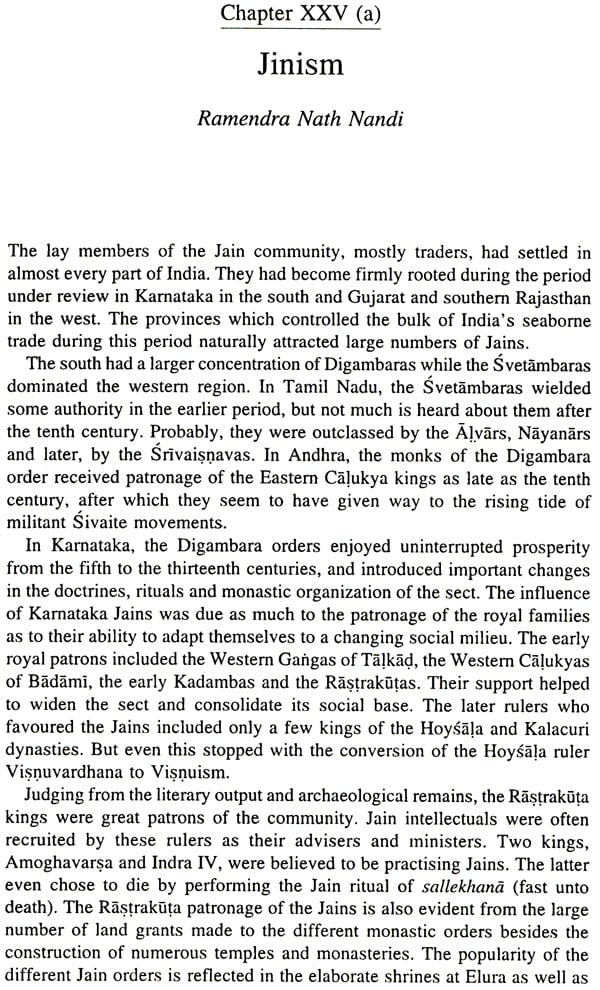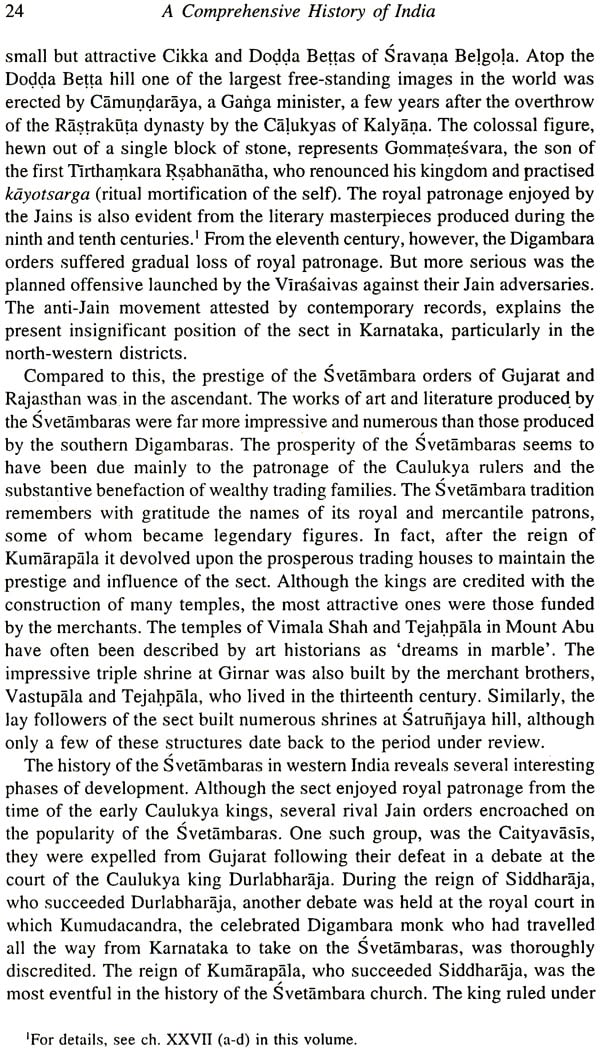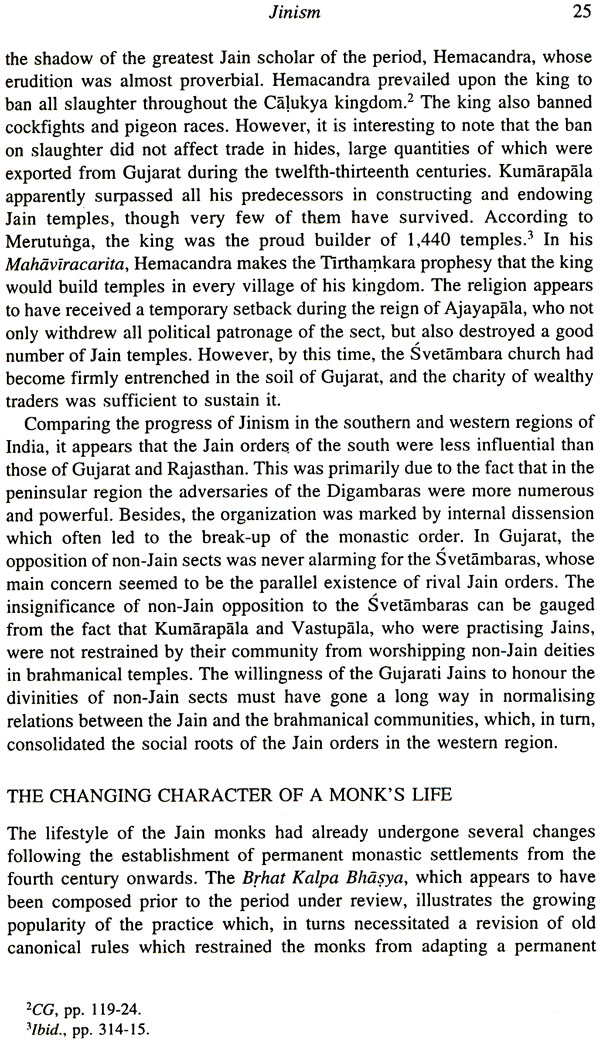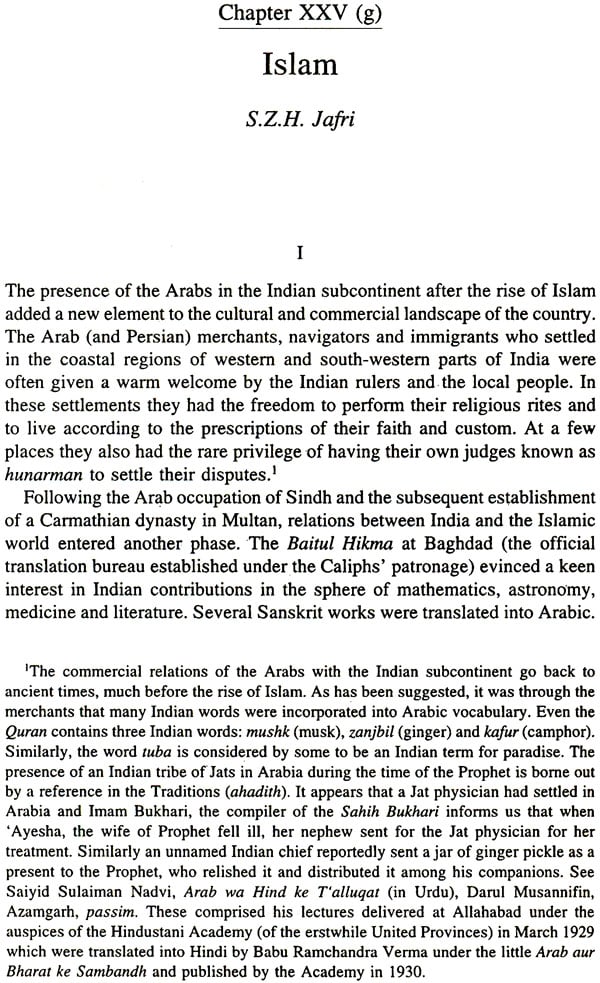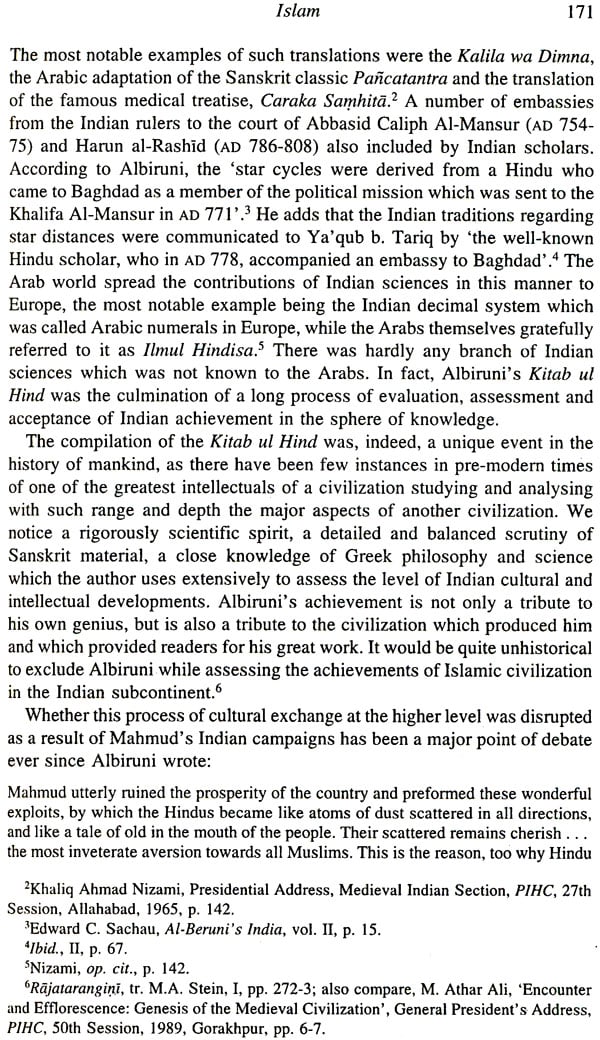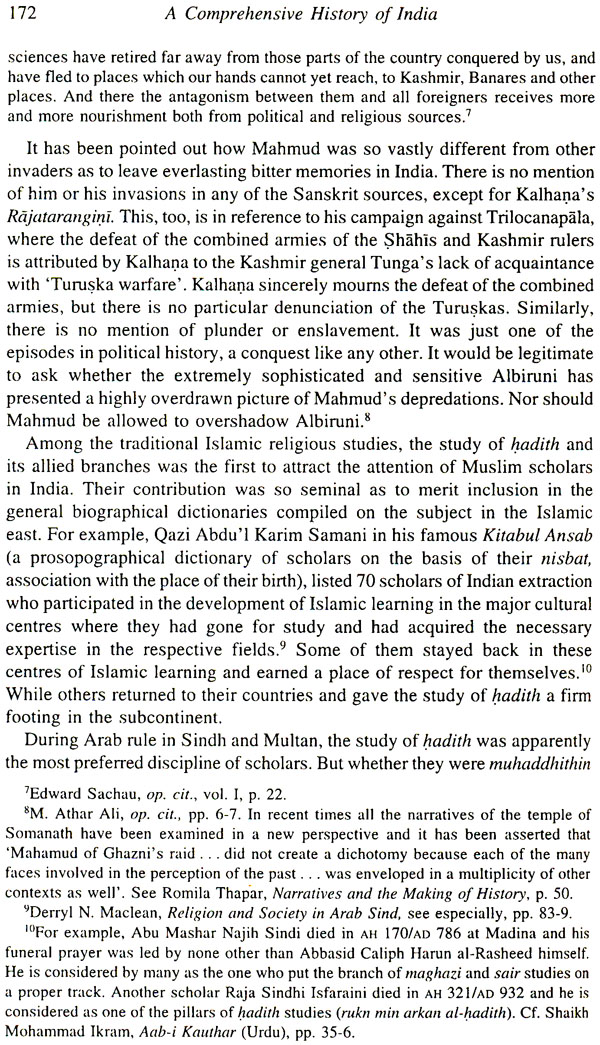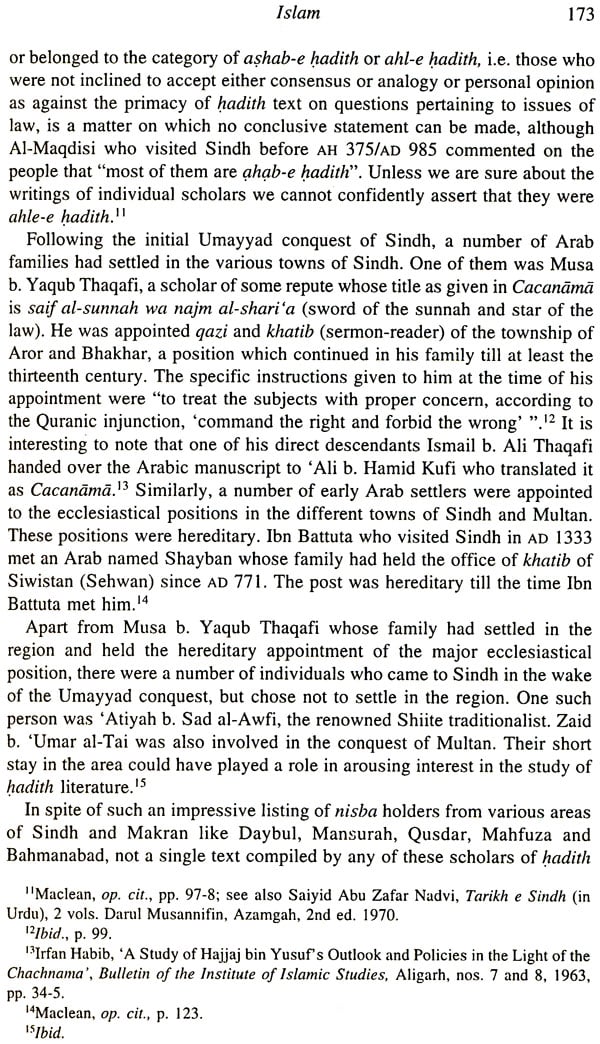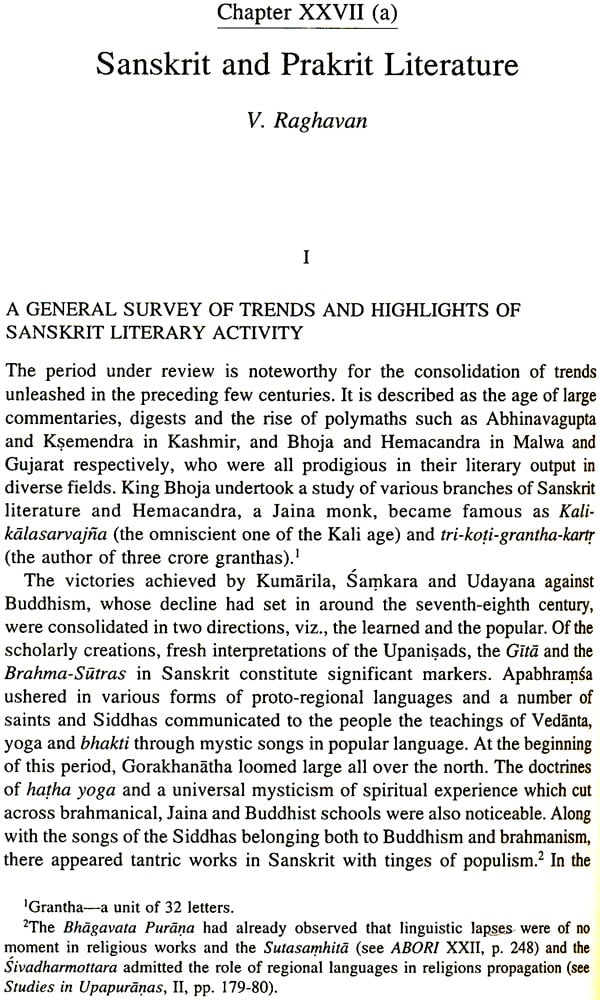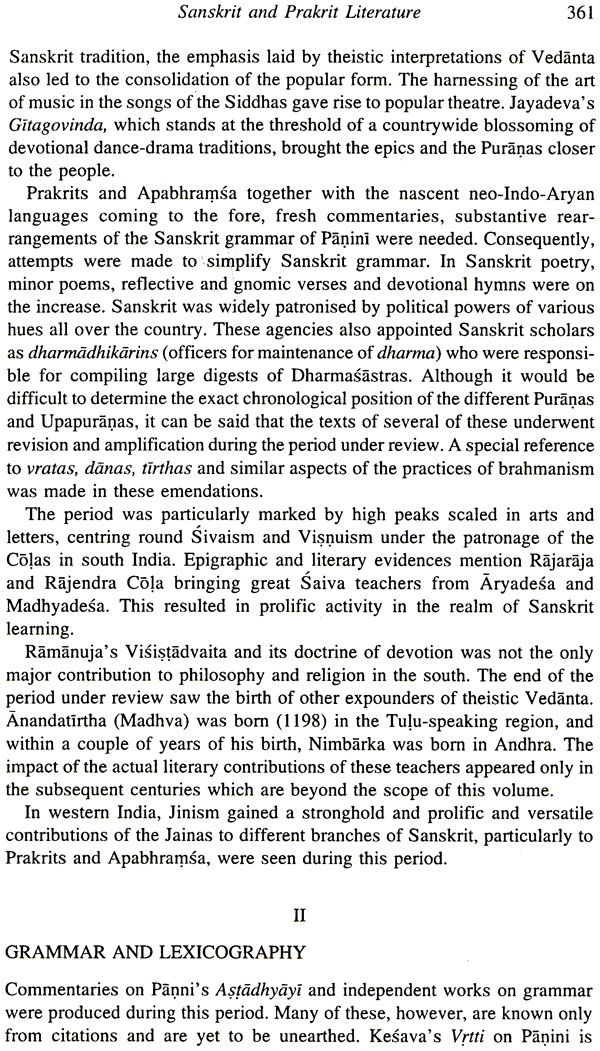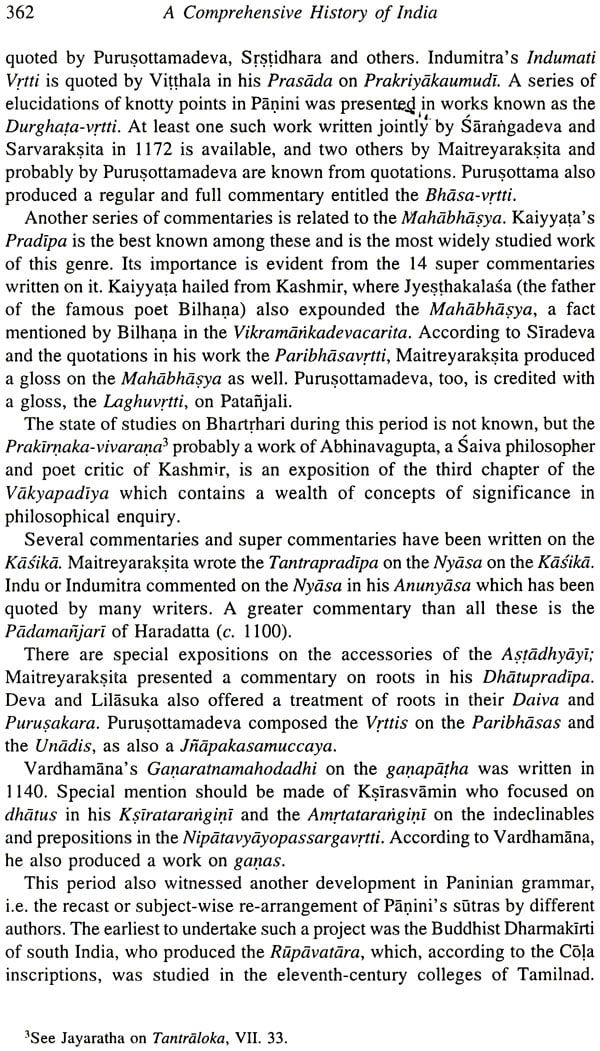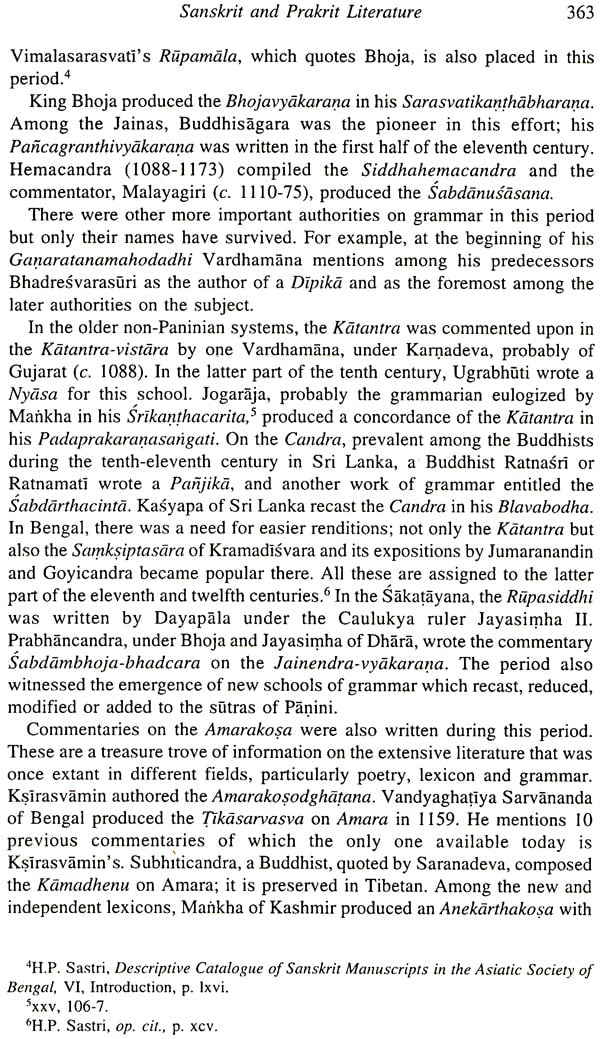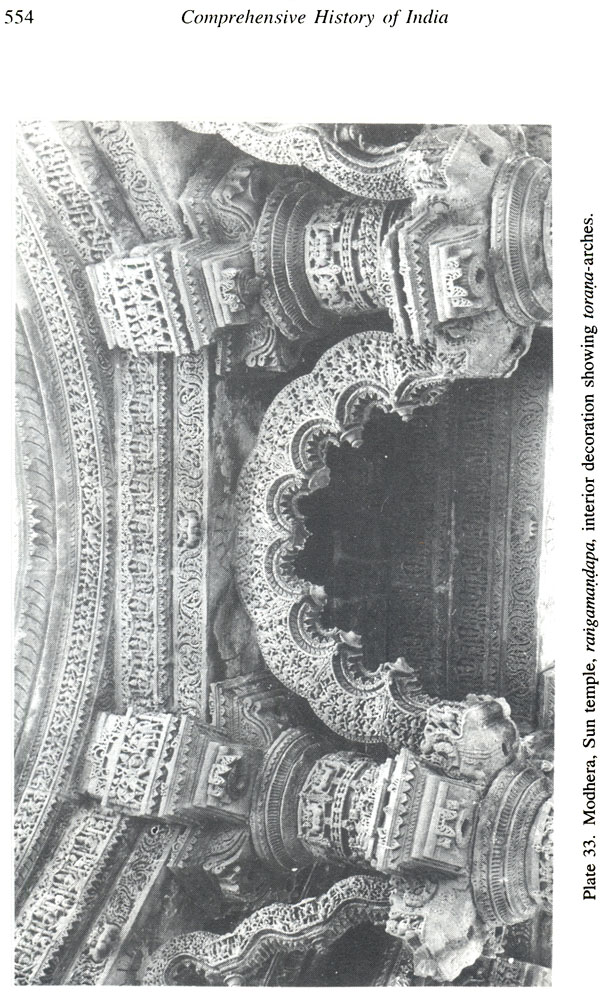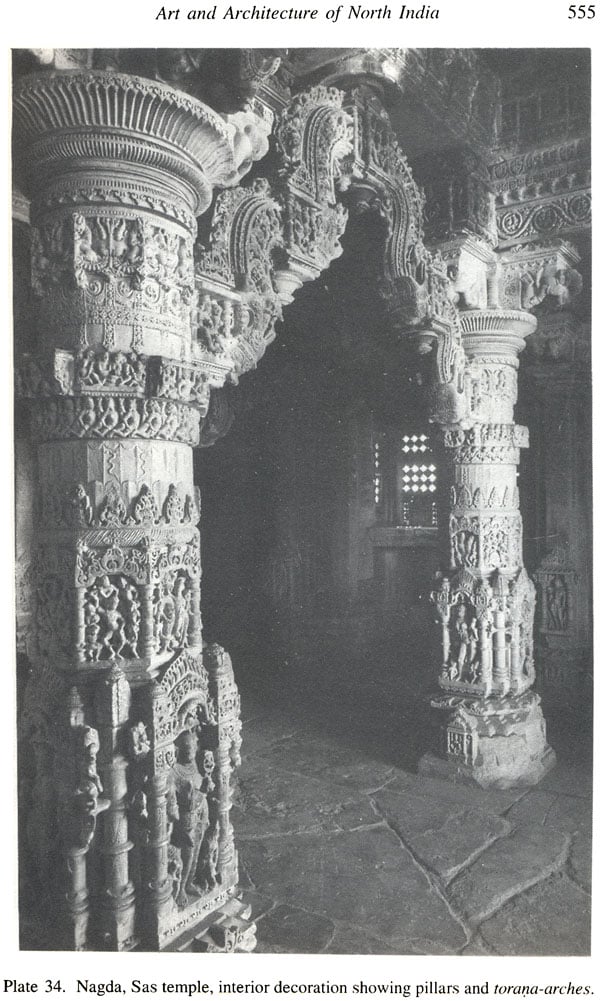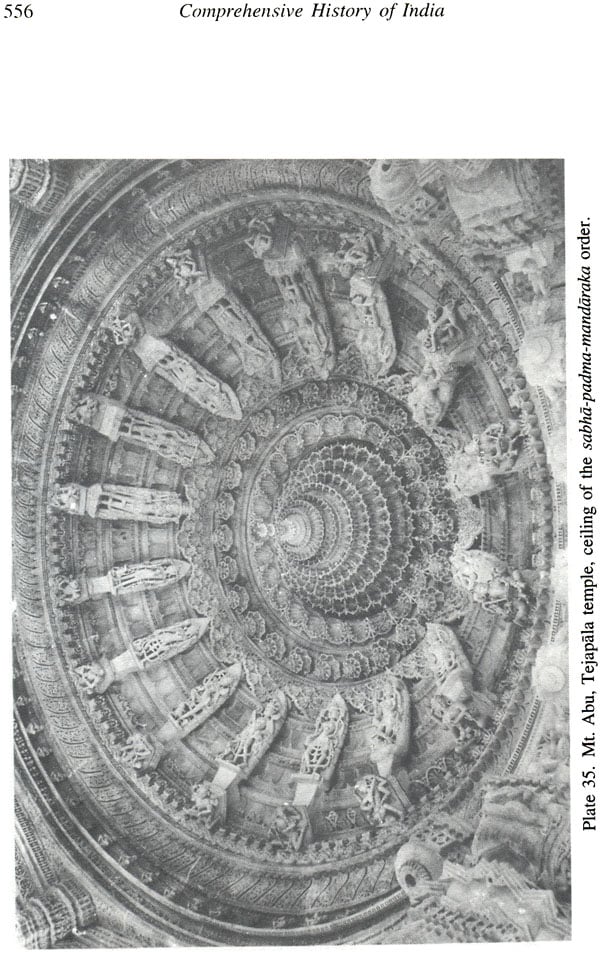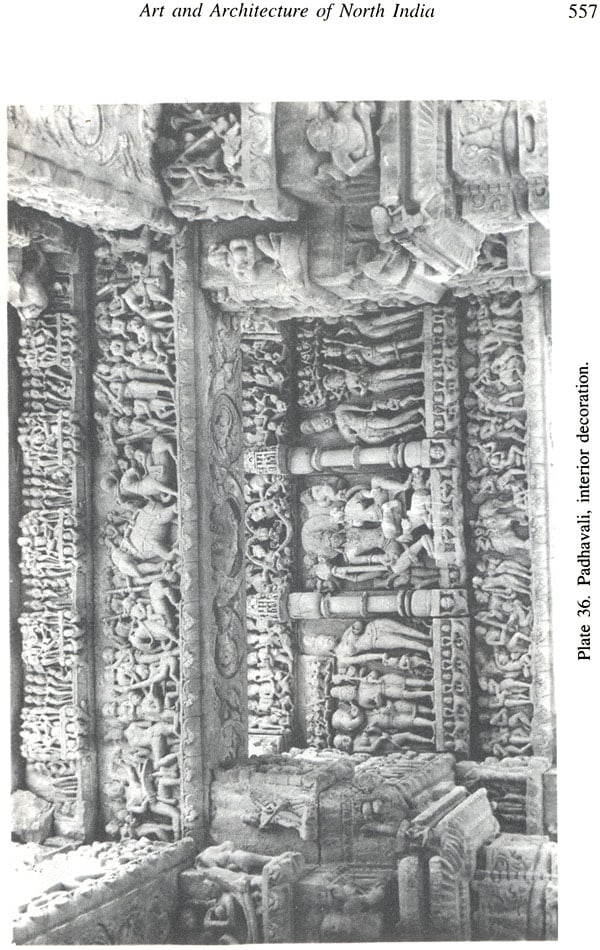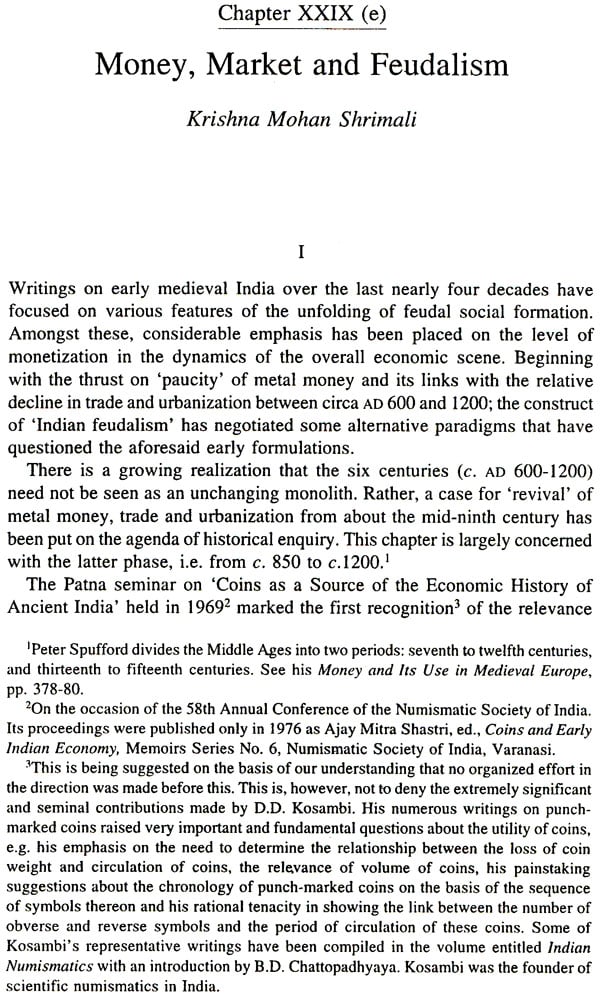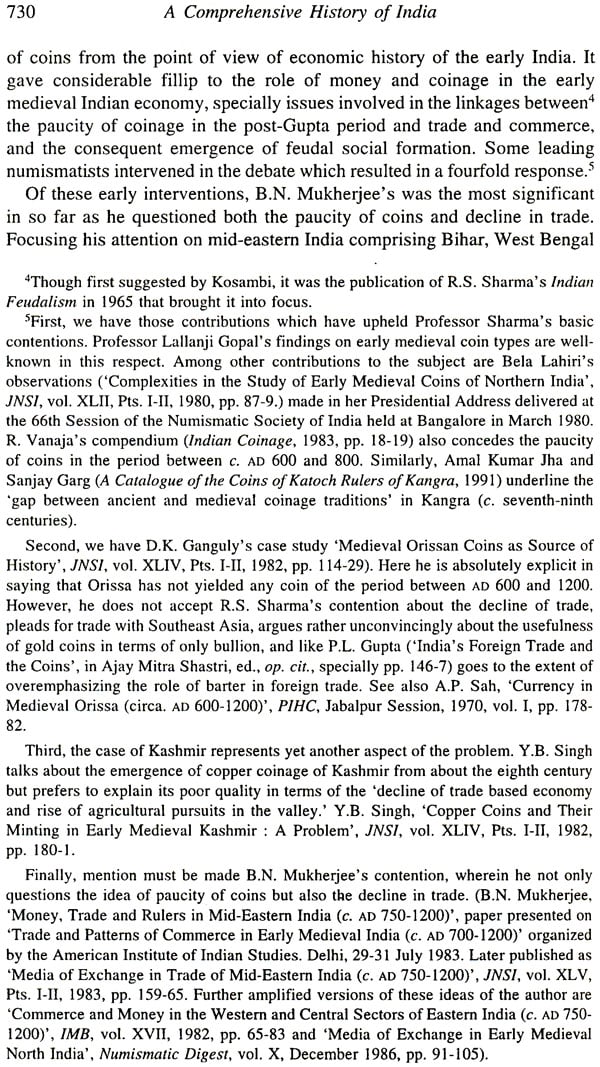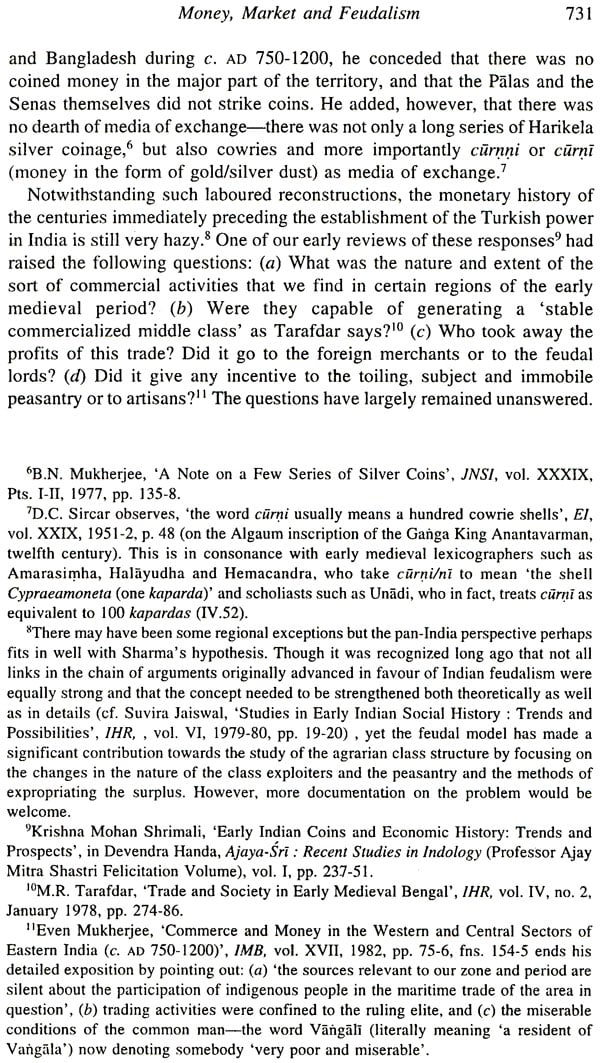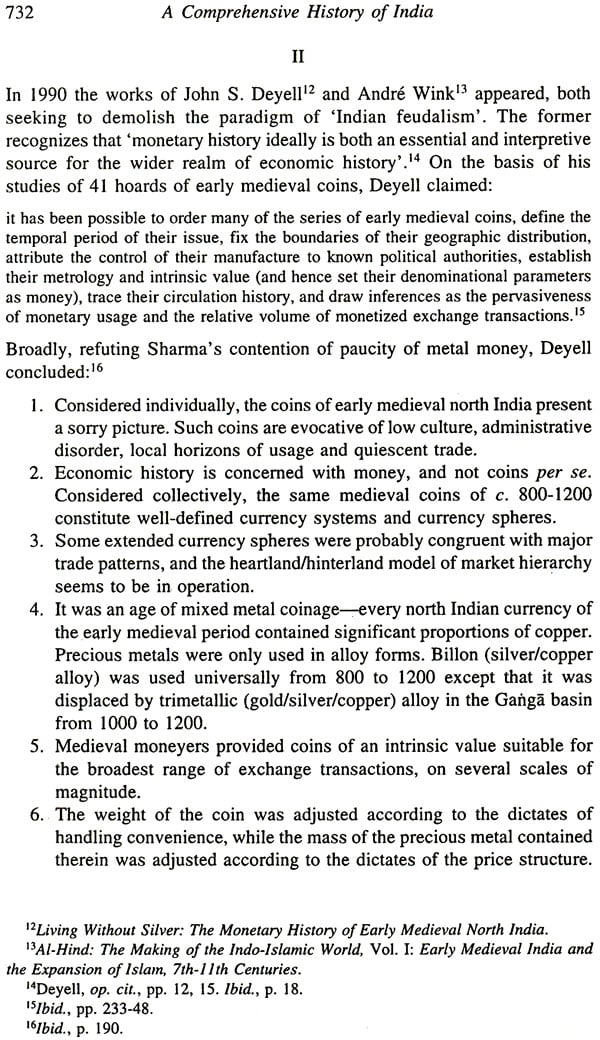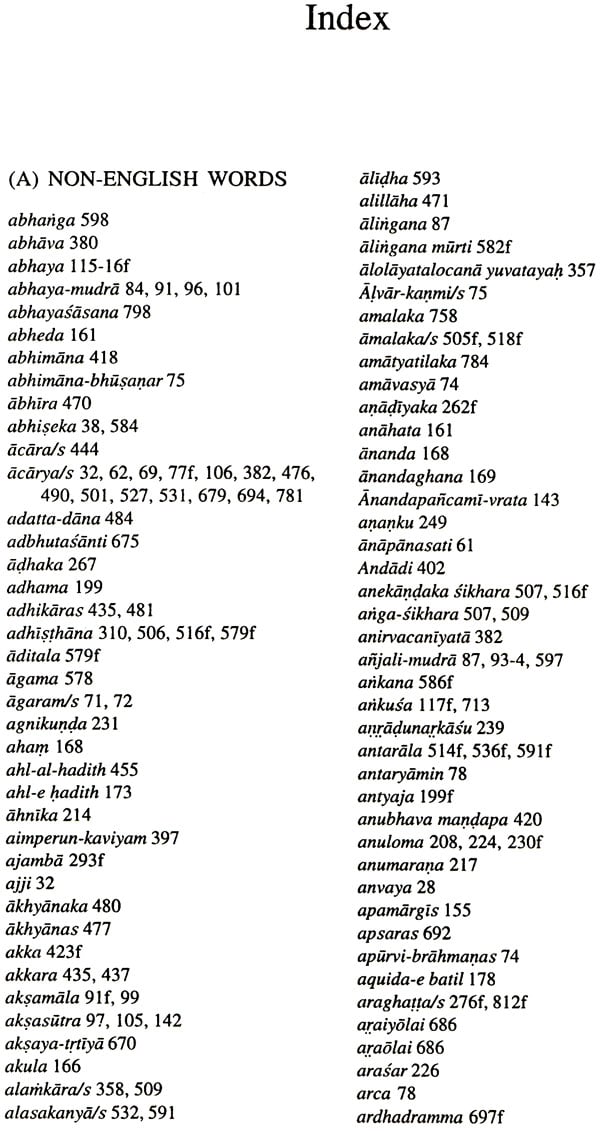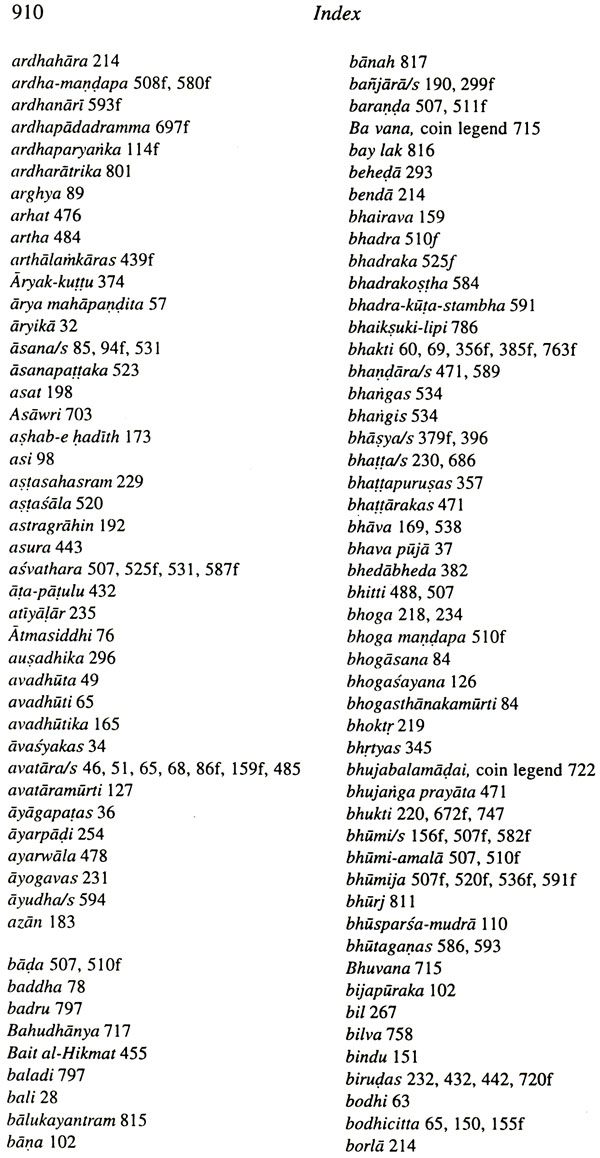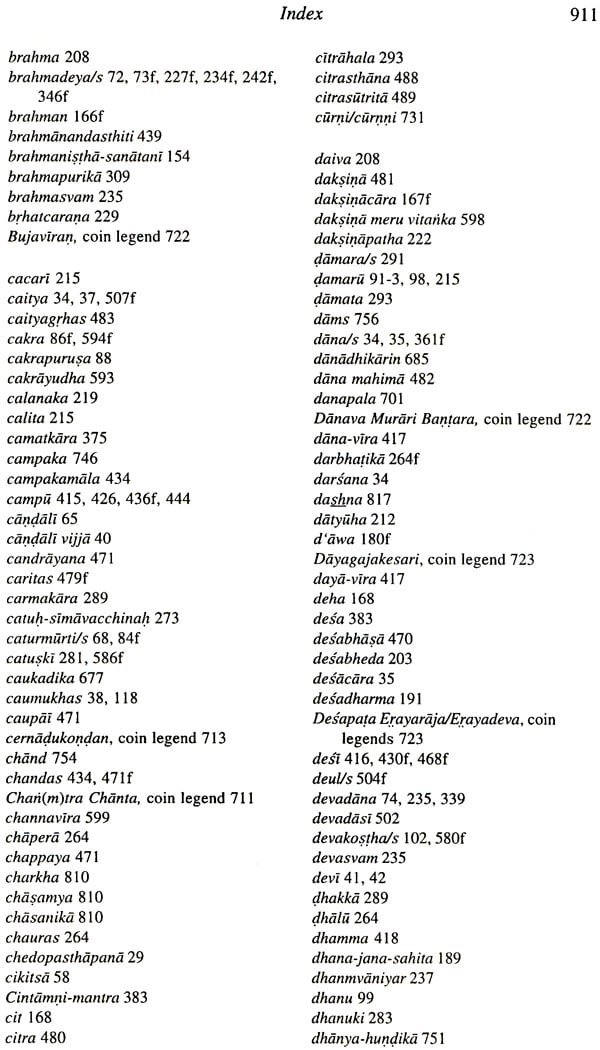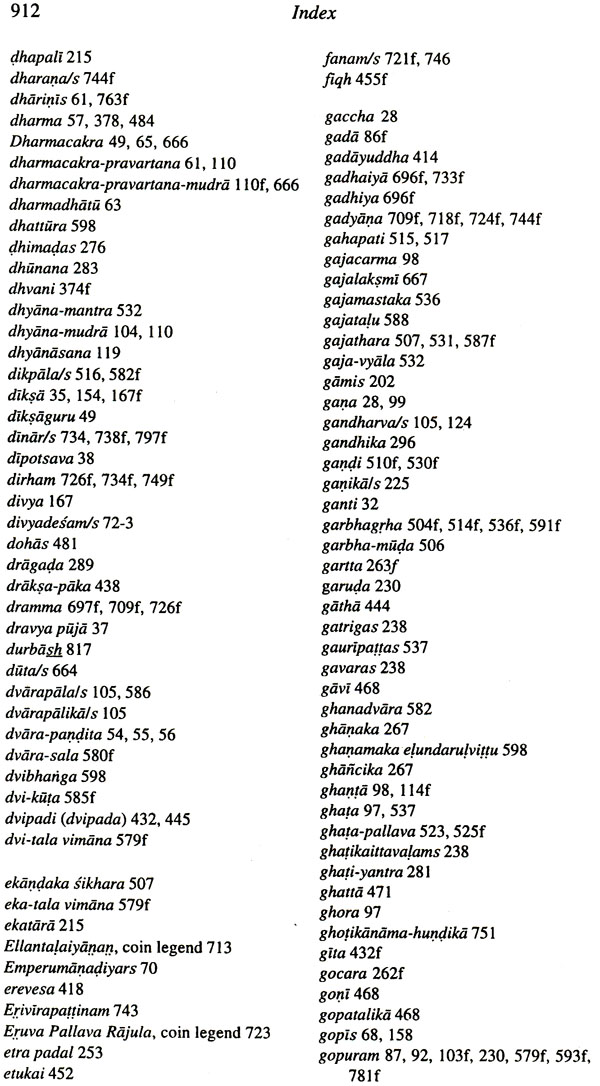
A Comprehensive History of India (Volume IV, Part II)
Book Specification
| Item Code: | NAM814 |
| Author: | R. S. Sharma and K. M. Shrimali |
| Publisher: | Manohar Publishers and Distributors |
| Language: | English |
| Edition: | 2008 |
| ISBN: | 9788173045615 |
| Pages: | 973 (124 B/W Illustrations) |
| Cover: | Hardcover |
| Other Details | 10.0 inch X 7.0 inch |
| Weight | 1.60 kg |
Book Description
The Fourth Volume of A Comprehensive History of India covers the period from circa 985 CE to 1206 CE. A clear and connected source-based account of the political history and political organization of this period has been provided by competent contributors in the first part of the volume published a few years ago. The second part of the volume being presented here, treats social, economic, religious, literary and cultural developments together with coinage, science and technology and India's contacts with the outside world during the period. All contributions are marked by their varied perspectives taking cognisance of not only regional specificities, but also of the macro-view of such developments. Notwithstanding the multiplication of political power centres during the period under survey, the dynamism of socio-economic and cultural lives of people never faded away. The volume locates this dynamism within the broad pan-India vision. It also includes more than a hundred illustrations, is provided with an exhaustive and up to date bibliographic survey and a multi-faceted index to facilitate location of reader's curiosities.
R.S. Sharma (b.1920), is Emeritus Professor of History, Patna University. In an active academic career spanning over nearly six decades, he has produced numerous landmark publications. Some of these include Sudras in Ancient India, Indian Feudalism, Material Culture and Social Formations in Ancient India, Urban Decay in India (c. 300-c.1000), Perspectives in Social and Economic History of Early India, Aspects of Political Ideas and Institutions in Ancient India, Early Medieval Indian Society: A Study in Feudalisation, Origin of the State in India (D.D. Kosambi Memorial Lectures, 1987), The State and varna Formation in the Mid-Ganga Plains: An Ethnoarchaeological View, India's Ancient Past. Through such extensive historical writings, he has played an important part in shaping the contours of the social and economic history of early India. He is the Founder Chairman of Indian Council of Historical Research.
K.M. Shrimali (b.1947), an alumnus of St Stephen's College (University of Delhi), taught at his alma mater for more than a decade. Thereafter he joined the University of Delhi in 1981, where he is currently a Professor since 1986. His publications include History of Pancala, Vol. I: A Study (1983); History of Pancala, Vol. II: Corpus of Coins (1985); Agrarian Structure in Central India and the Northern Deccan: A Study in Vakataka Inscriptions (1987); Dharma, Samaj aur Sanskriti (in Hindi, 2005); and The Age of Iron and the Religious Revolution, c. 700-c. 350 BC (2nd edn., 2008). Professor Shrimali was elected to preside over the Ancient Indian History Section of the Indian History Congress in 1988.
The Comprehensive History of India Society is the co-publisher of this volume. The Society, which took over the rights and liabilities of the Comprehensive History of India Project, was set up in 2001, and is a non- profit registered Society. The Editorial Board consists of eminent scholars from different parts of the country. The Society maintains close link with the Indian History Congress, with one of its nominee being a member of the Editorial Board, and the Secretary, Indian History Congress an ex-officio member.
This volume, covering the social, economic, and cultural aspects of India from circa 985 CE to 1206 CE throws crucial light on a period which is commonly considered a dark age, and one of social and cultural decline. These factors have been examined from a scholarly point of view. In the process, the nature and parameters of what has been called Indian feudalism have been examined critically.
The first publication of the Society was the collected historical works of Professor Nurul Hasan who was Chairman of the Comprehensive History of India Project for long years, entitled Religion, State and Society in Medieval India (OUP 2005). It is hoped that the present volume will be followed by others without too much loss of time.
The preparation, editing, etc., for the publication of this volume have been financially supported by the Indian Council of Historical Research. The responsibility for the facts stated or opinions expressed in the volume are entirely of the authors and not of the ICHR.
Finally, I am thankful to Manohar Publishers & Distributors for undertaking the arduous task of publishing this volume.
The Fourth Volume of A Comprehensive History of India covers the period from circa 985 CE to 1206 CE. A clear and connected source-based account of the political history and political organization of this period has been provided by competent contributors in the first part of the volume, which was published in 1992. The second part of the volume being presented here, treats social, economic, religious, literary and cultural developments together with coinage, science and technology and India's contacts with the outside world during the aforesaid period. All contributions are marked by their varied perspectives taking cognizance of not only regional specificities, but also of the macro-view of such developments. Notwithstanding the multiplication of political power centres during the period under survey, the dynamism of socio-economic and cultural lives of people never faded away. The volume locates this dynamism within the broad pan-India vision. It also includes more than a hundred plates, is provided with an exhaustive and up to date bibliographic survey and a multifaceted index to facilitate location of reader's curiosities.
Since our original publishers were unable to undertake the publication of this volume, identifying competent publishers required long-drawn negotiations. This, coupled with indifferent health of editors, delayed the publication of this part of the volume. The inordinate delay on account of circumstances beyond our control is, however, regretted.
We take this opportunity to express our gratitude to all contributors who have made this cooperative work possible. Dr. Shailendra Mohan Jha has extended useful help in correcting typed manuscript. We are grateful to him. We also thank Mr. Ramesh Jain and Mr Siddharth Chowdhury of M/s Manohar Publishers & Distributors for taking up the onerous task of publishing this volume under difficult circumstances and seeing it through the Press. Thanks are also due to the American Institute of Indian Studies (New Delhi), the Archaeological Survey of India (New Delhi), the National Museum (New Delhi) the late Professor Y.B. Singh of University of Jammu, and the Department of Archaeology and Ancient History, M.S. University (Baroda) for supplying the illustrative material included here.
| List of Illustrations | 7 | |
| List of Abbreviations | 17 | |
| XXV(a) | Jinism | 23 |
| XXV(b) | Buddhism | 44 |
| XXV(c) | Brahmanical Religious Movements | 97 |
| XXV(d) | Iconography | 83 |
| XXV(e) | Natha and Other Minor Cults | 140 |
| XXV(f) | Saktism and Tantricism | 152 |
| XXV(g) | Islam | 170 |
| XXVI(a-i) | Social Life in Northern India | 188 |
| XXVI(a-ii) | Aspects of Daily Life | 211 |
| XXVI(a-iii) | Women in Early Medieval North India | 217 |
| XXVI(b-i) | Society and Economy in South India | 226 |
| XXVI(b-ii) | Women in Early Medieval South India | 246 |
| XXVI(c) | Economy of North India | 261 |
| XXVI(d) | Dimensions of Feudalism in Early Medieval India | 311 |
| XXVII(a) | Sanskrit and Prakrit Literature | 360 |
| XXVII(b) | Tamil Literature | 397 |
| XXVII(c) | Kannada Literature | 407 |
| XXVII(d) | Telugu Literature | 429 |
| XXVII(e) | Malayalam Literature | 447 |
| XXVII(f) | Indo-Arabic Literature | 454 |
| XXVII(g) | Apabhramsa Literature | 468 |
| XXVIII(a) | North Indian Painting | 488 |
| XXVIII(b) | Art and Architecture of North India | 501 |
| XXVIII(c) | Art and Architecture of South India | 578 |
| XXIX(a) | Inscriptions of North India | 661 |
| XXIX(b) | Inscriptions of South India | 682 |
| XXIX(c) | Coinage of North India | 696 |
| XXIX(d) | Coinage of South India | 707 |
| XXIX(e) | Money, Market and Feudalism | 729 |
| XXIX | India's Contacts with the Outside World | 761 |
| XXIX | Science and Technology | 800 |
| Bibliography | 831 | |
| Index | 909 |
